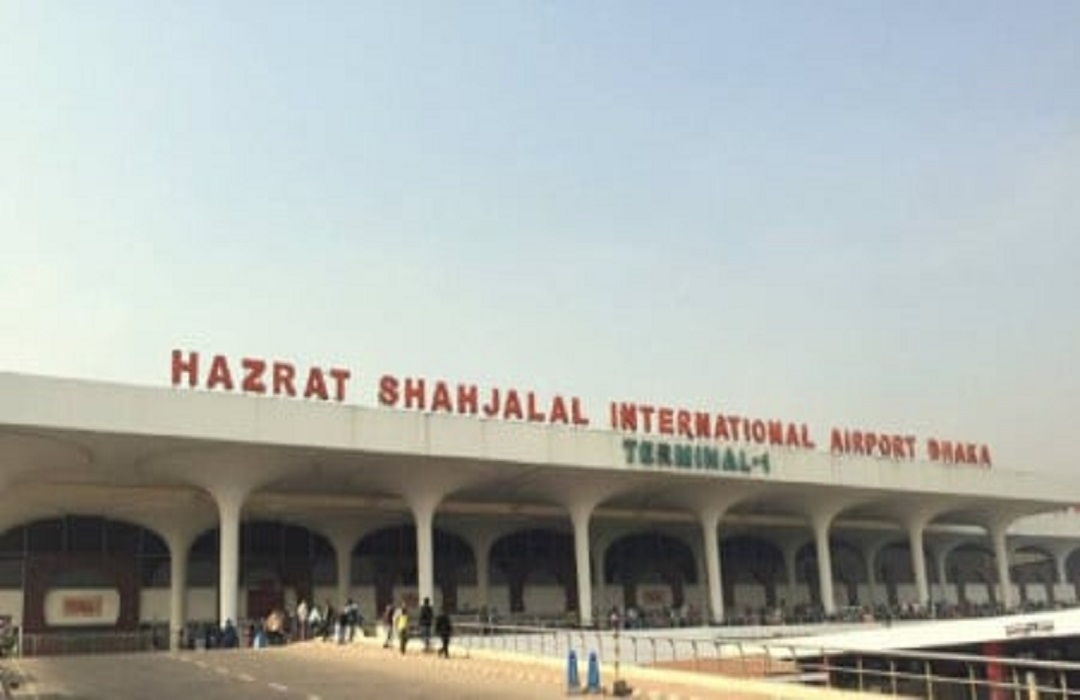Many services at Shahjalal Airport earn praise, but some gaps remain
প্রকাশ: বৃহস্পতিবার । নভেম্বর ০৬, ২০২৫

At Dhaka’s international gateway, passengers find much to appreciate in the
improved immigration and lounge services, while still facing lingering delays
and system issues.
Inside the terminal of–one of the country’s busiest airports, the immigration process now appears faster for many travelers.
Recently returned expatriates reported luggage collection within minutes after immigration, and quick clearance through the desks. One visitor arriving from abroad completed the process in about ten minutes. A number of others likewise noted shortened processing times and favourable experiences.
On the terminal’s non‑departure side, a dedicated lounge for expatriate workers has become a quiet refuge. Here passengers wait, charge phones and relax in air‑conditioned comfort. One longtime expatriate described the food prices as noticeably lower than other facilities and the overall environment as much more pleasant.
Another said that while waiting for his flight he was able to rest in comfort rather than standing in queues outside in the heat.
Nevertheless, visible gaps remain. Automated e‑gates, which were introduced to deliver faster processing through biometric and machine‑read automation, have yet to become fully operational.
Out of a set of 24 e‑gates, only about
half are currently in use, and some passengers reported encountering them only
to be directed back to the manual counters. The airport Wi‑Fi service also drew
criticism for being unreliable.
From official records, the immigration authorities process about 28,650
passengers a day. With up to 150 flights arriving and departing on average each
day, the workforce and equipment required fall short of ideal. At the
processing zone there are currently 48 desks for arrivals and 42 for
departures, staffed around the clock by some 500 officers working in four
shifts. But officials say that many of the passport readers and document‑detection
devices date back more than a decade and fail to operate efficiently. Some
machines require several attempts to read passport data, causing delays and
frustration.
Beyond technology, language and staff facility gaps are also highlighted. With arrival journeys from many countries, for example tourists from China, the limited availability of staff fluent in the passenger’s language slows the process.
Also, immigration officers report that they lack convenient rest areas and transport support, which affects morale and productivity.
Still, airport leadership emphasizes the goal of reducing passenger wait
times and enhancing service delivery. A push is underway toward full automation
and “paper‑less” processing for visas and immigration, including online payment
options and remote check‑in for overseas arrivals.
While Dhaka’s main international airport has made visible strides in
passenger‑oriented amenities — especially for expatriate travelers and lounge
users, some critical infrastructure and process issues persist and require
urgent attention.
